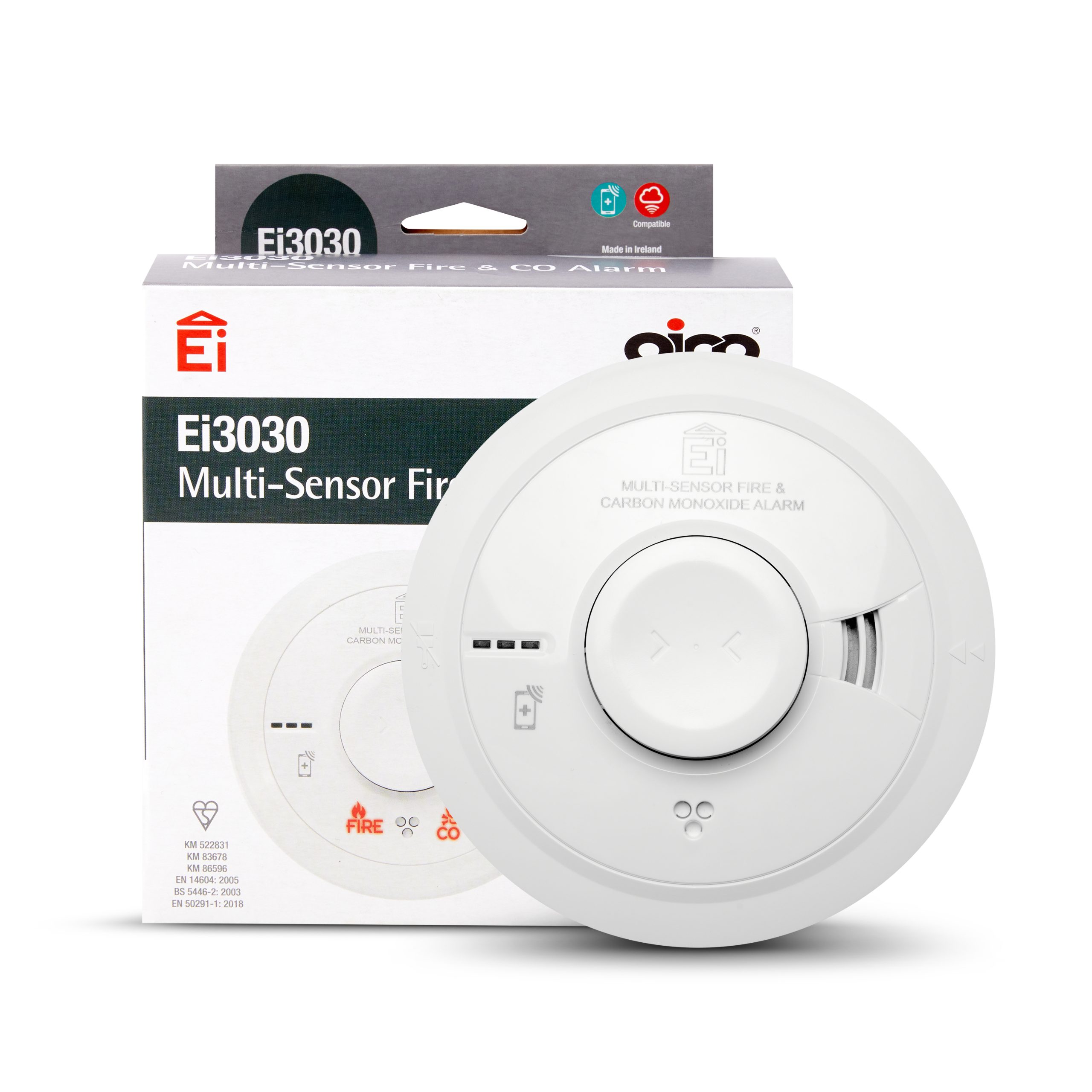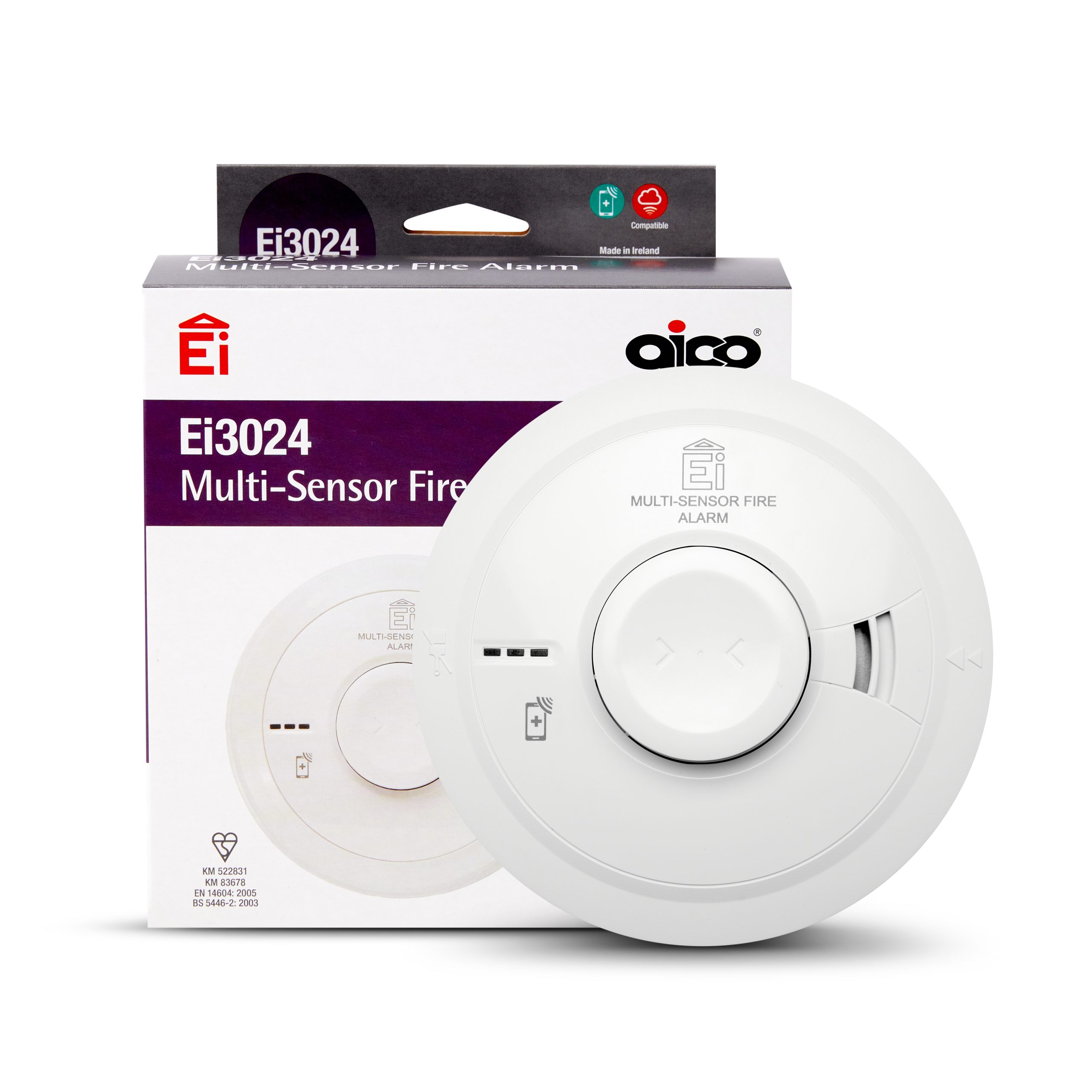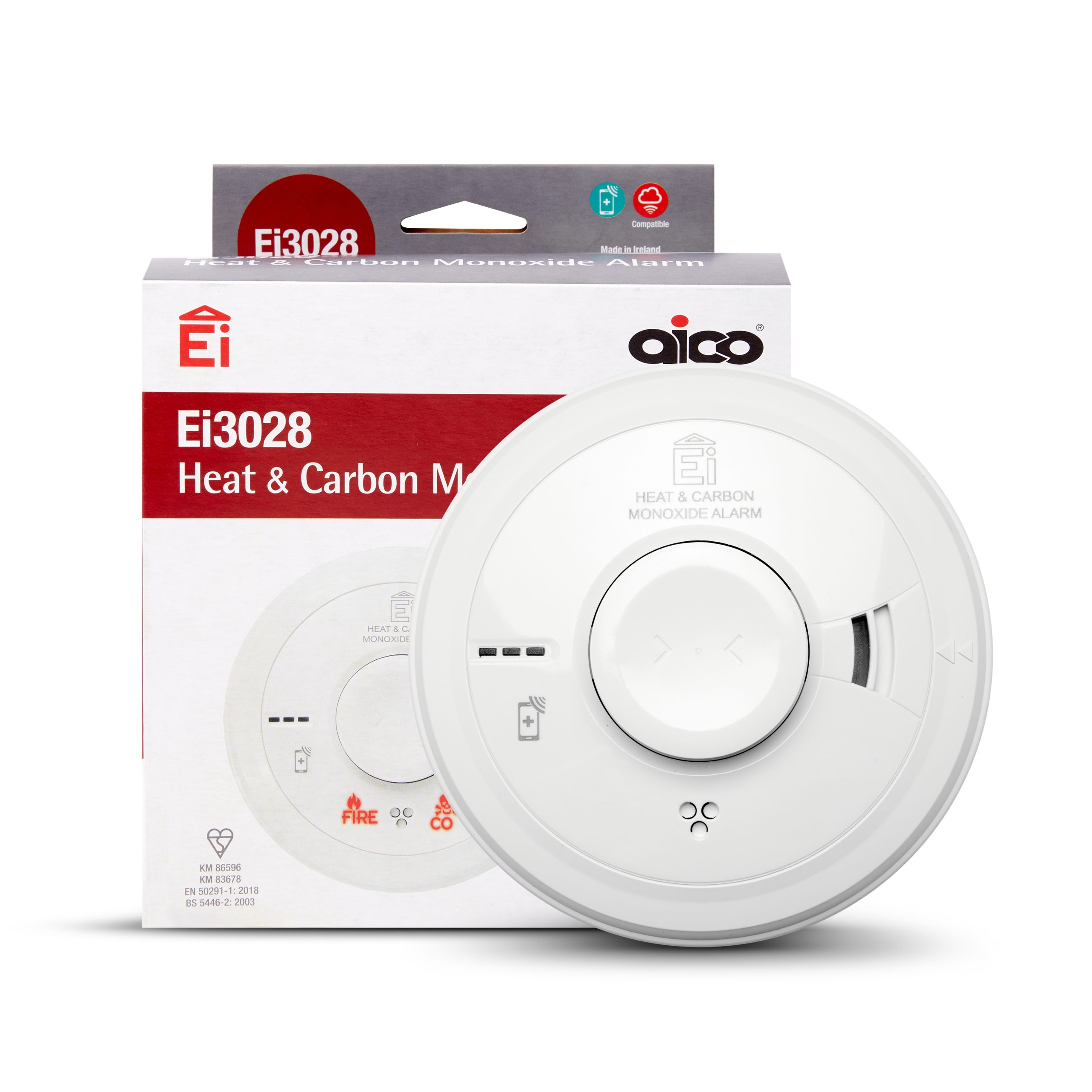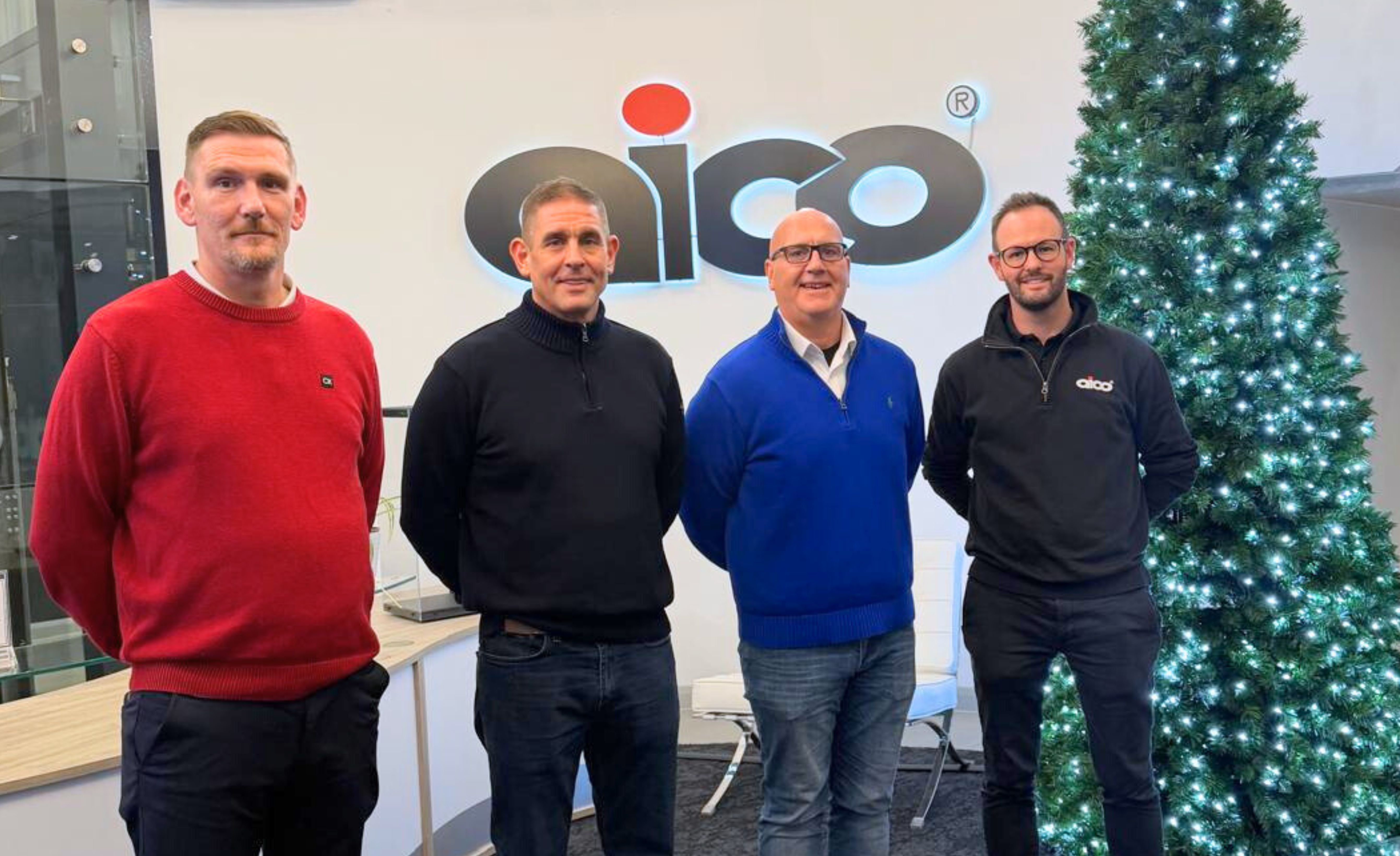HomeLINK Analytics, Part 1: Insights for resident wellbeing and asset energy performance.
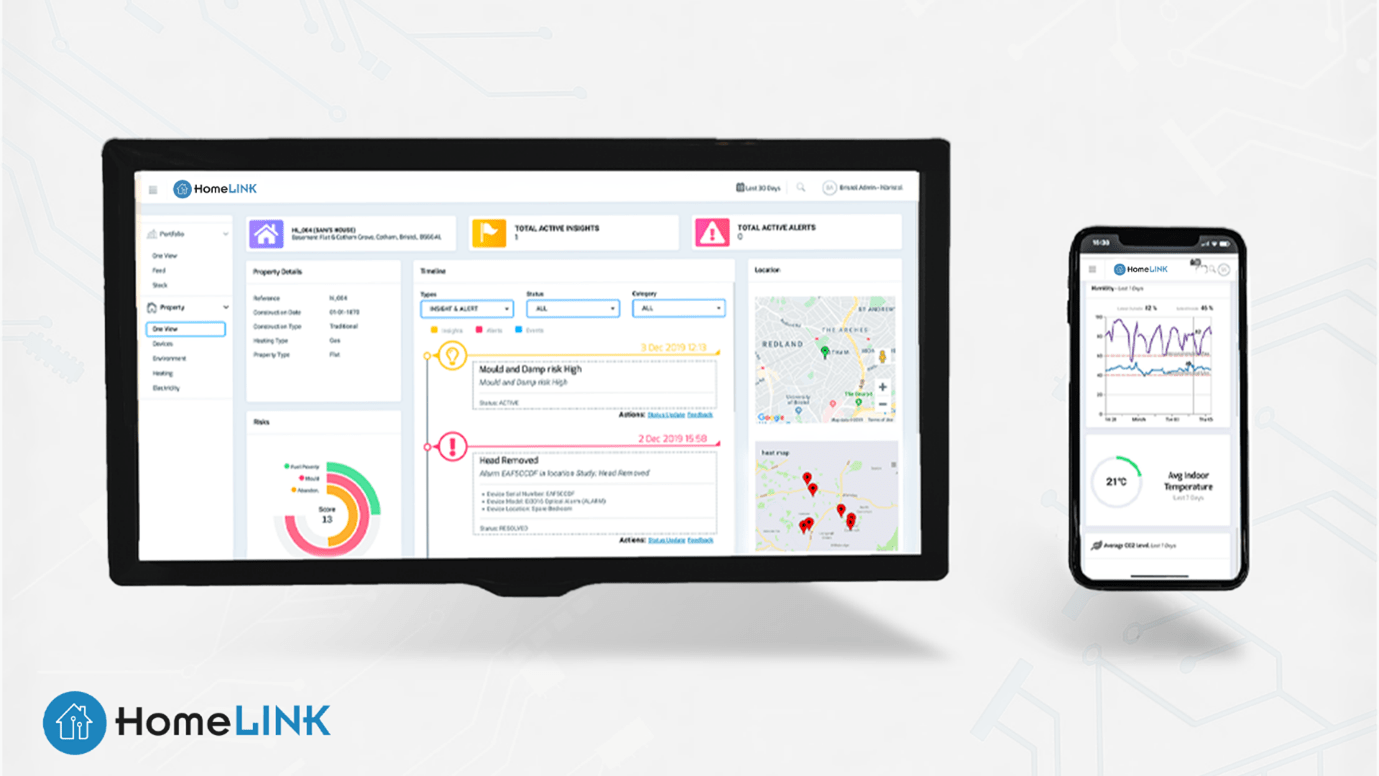

Posted On:
28th January 2021
In my previous blogs, I have looked at the benefits in collecting data and how to utilise it to improve tenant relations, optimise the efficiency of maintenance teams and maximise the effectiveness or capital investment programs. I’ve also explained that data at volume soon overwhelms, which is why the development of Artificial Intelligence (AI) and Machine Learning (ML) are essential when aiming for these exciting possibilities.
In both this blog and the next one in the series, HomeLINK’s utilisation of AI and ML will be under the spotlight; how our platform takes the data collected by IoT sensors and delivers actionable insights to improve the integrity of your portfolio and the wellbeing of your tenants. We call these insights:
- Cold Home insight
- Fuel poverty indicator
- Thermal performance insight
- Condensation and mould indicator
- Indoor air quality insight
- Void risk insight
___________________________________________
1. Cold Home Insight
According to a report by the Building Research Establishment (‘BRE’), ‘Excess cold’ is the hazard with the biggest impact on health in the UK, costing the NHS £850 million per year. There is a range of support available for people at risk from living in a cold home, but the support can only be effective if the homes at risk can be identified.
According to the World Health Organisation (‘WHO’), 30% of winter deaths are caused by cold housing but it is also has links to respiratory illnesses, reduced mobility (and an increase in falls and injuries) and poor mental health. HomeLINK analyses temperature data to identify dwellings that are found to be under a number of low-temperature thresholds for various time periods (for example, under 18°C for 14 hours of a day or under 12°C for 4 hours of a day). This can help identify where investment would have the biggest impact for residents, as well as ensuring housing and energy services can help those most in need.
___________________________________________
2. Fuel Poverty Indicator
According to the Department for Business, Energy and Industrial Strategy;
“A household is classed as being in fuel poverty if:
- Their fuel costs are above average and;
- Their disposable income (after housing and fuel costs) is below the poverty line.”
In 2015, a government report found that Fuel Poverty affects approximately 2.5 million households in England alone.
An extension of the Cold Home Insight, this insight takes a longer period of time into account, as well as looking at the energy consumption of a property – either via integration with a boiler or through monitoring the properties energy meter(s). If a property is found to be regularly below Public Health England’s recommended home temperature threshold of 18°C and simultaneously not utilising energy for heating to its full capacity on numerous occasions over a substantial period of time, this suggests a tenants reluctance to warm their home. This allows HomeLINK to detect tenants who are potentially living in fuel poverty. As with the Cold Home insight, This can help identify where investment would have the biggest impact for residents, as well as ensuring housing and energy services can help those most in need.
___________________________________________
3. Thermal performance insight
One of the causes of Fuel Poverty is a poorly performing property – if a home is particularly draughty or has poor insulation, it may force the tenant into fuel poverty. Improving the thermal efficiency may make the heating affordable, improving the tenants quality of life and finances significantly.
The England Fuel Poverty Strategy 2014 set a number of targets for the improvement of the English housing stock, culminating in as many homes ‘as is reasonably practicable’ having a minimum energy efficiency rating of Band C by 2030. As with the support for Cold Homes, it is imperative that the homes with a poor energy efficiency are identified to meet this target. HomeLINK do this by calculating the time it takes for a home to lose heat in ambient conditions and representing this metric on the dashboard.
Interestingly, this has also proved to give a better ‘real-world’ notion of a properties thermal performance. During a pilot with one early adopter, we identified a home with a good EPC score but very poor thermal efficiency. After investigating, it was found that although on paper the doors were a good standard – resulting in the EPC score – unreported damage was causing a significant draft, letting the warm air escape far too easily. The landlord was able to take action and vastly improve the energy performance of the property at relatively low cost.
___________________________________________
In Part 2 of this blog, I’ll look at two more insights HomeLINK utilises – mould risk and indoor air quality (ventilation).
by Jordan Toulson, Product Manager at HomeLINK

Jordan is a self-confessed geek and can often be found roaming the countryside with his dog, Pippa.
